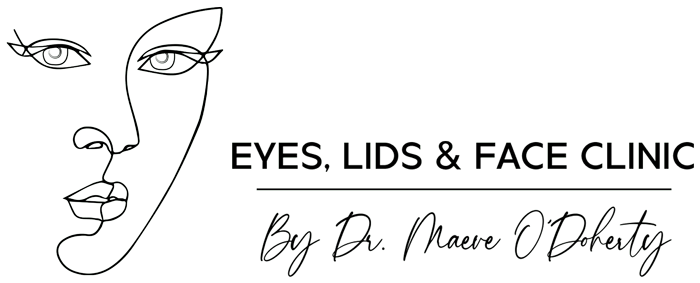
Eyes, Lids & Face by Dr. Maeve
Work Related Incidents

Emergency Incidents
An eye condition can present acutely in many situations. Painful eyes or blurred vision should not be ignored. Our clinic diagnoses all acute conditions and either starts treatment or arranges for the most suitable specialist to see you as soon as possible.
Emergency Situations
- Reduced vision or Acute Pain
- Optic Nerve problems
- Retinal Artery or Vein Occlusions
- Retinal Detachments
- Acute Glaucoma
- Acute Double Vision
- Acute Infections
Important note: In the incidence of acute trauma or chemical injury, you should attend your nearest Accident and Emergency department so treatment can be organised as quickly as possible
Eyes, Lids & Face by Dr. Maeve
Work Related Incidents FAQ's

The most common eye injury in the workplace is caused by flying debris. In fact, approximately 70% of serious eye injuries result from flying or falling objects, with around 60% of these objects being smaller than the head of a pin. This highlights the importance of proper eye protection in environments where such hazards are present.
Work-related eye problems can arise from direct injuries, such as trauma from impact, or exposure to harmful substances like chemicals. Common issues include scratches, burns, and irritation. To diagnose these injuries, doctors typically conduct a thorough examination, assessing the eye and its movements, using tools like a slit lamp and ophthalmoscope. In some cases, referral to an ophthalmologist may be necessary for specialised care.
Occupational hazards to the eyes include various potential risks that necessitate protective measures in the workplace. These hazards include:
Projectiles: This encompasses dust, concrete, metal, wood, and other particles that can cause injury upon impact.
Chemicals: Exposure to splashes, fumes, and vapors can lead to chemical burns or irritation.
Radiation: This includes exposure to visible light, ultraviolet radiation, heat, infrared radiation, and lasers, which can harm the eyes and vision.
Employers must ensure appropriate eye protection is available to mitigate these risks and safeguard employees’ eye health.
